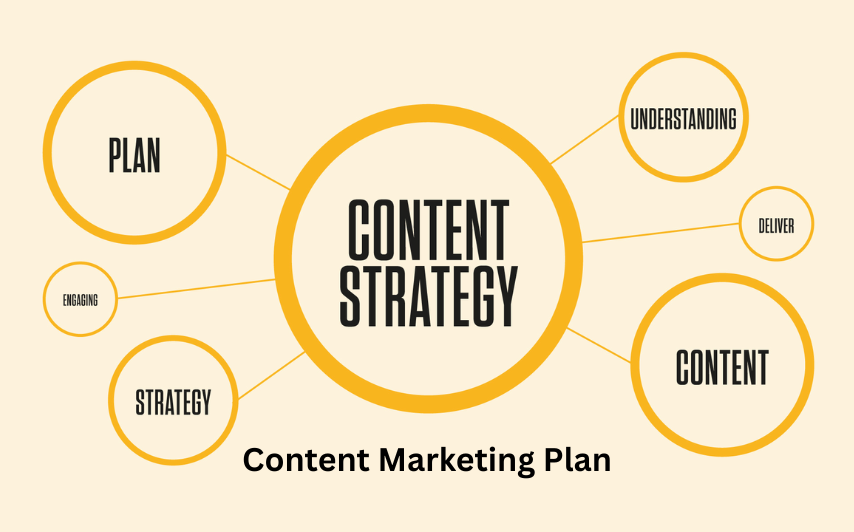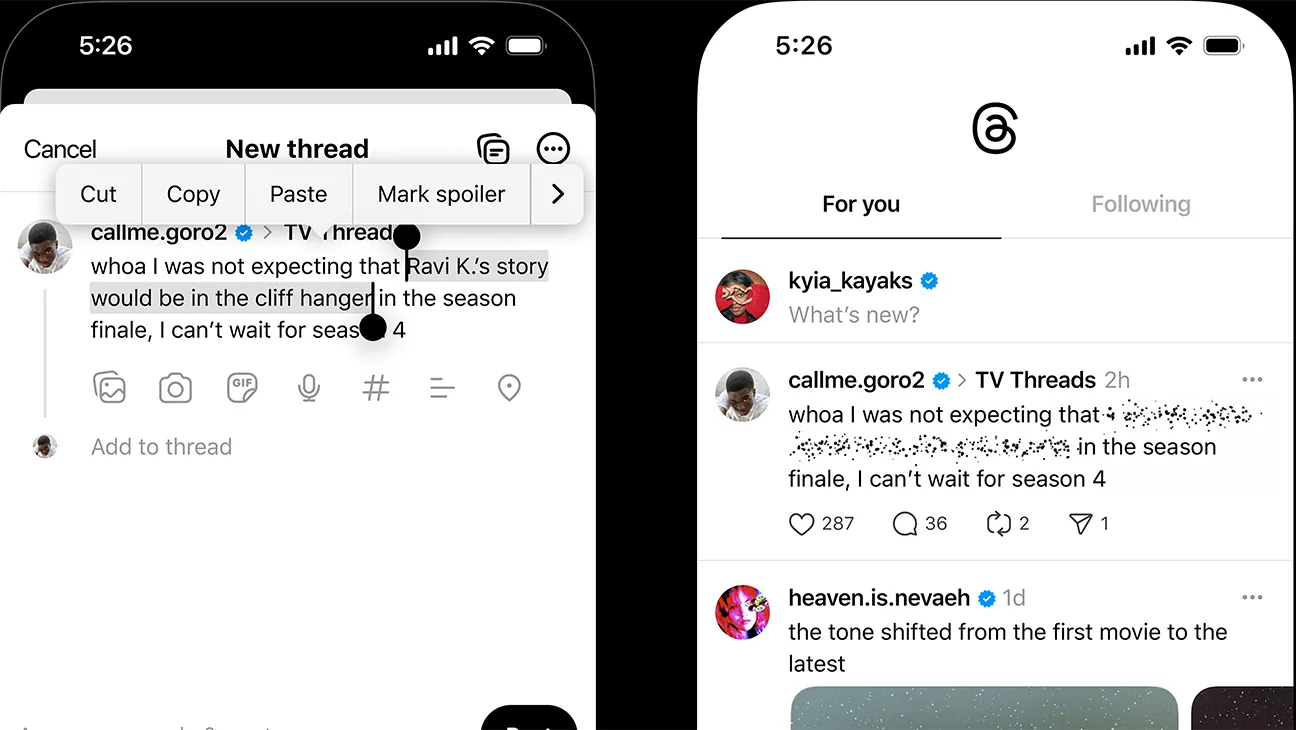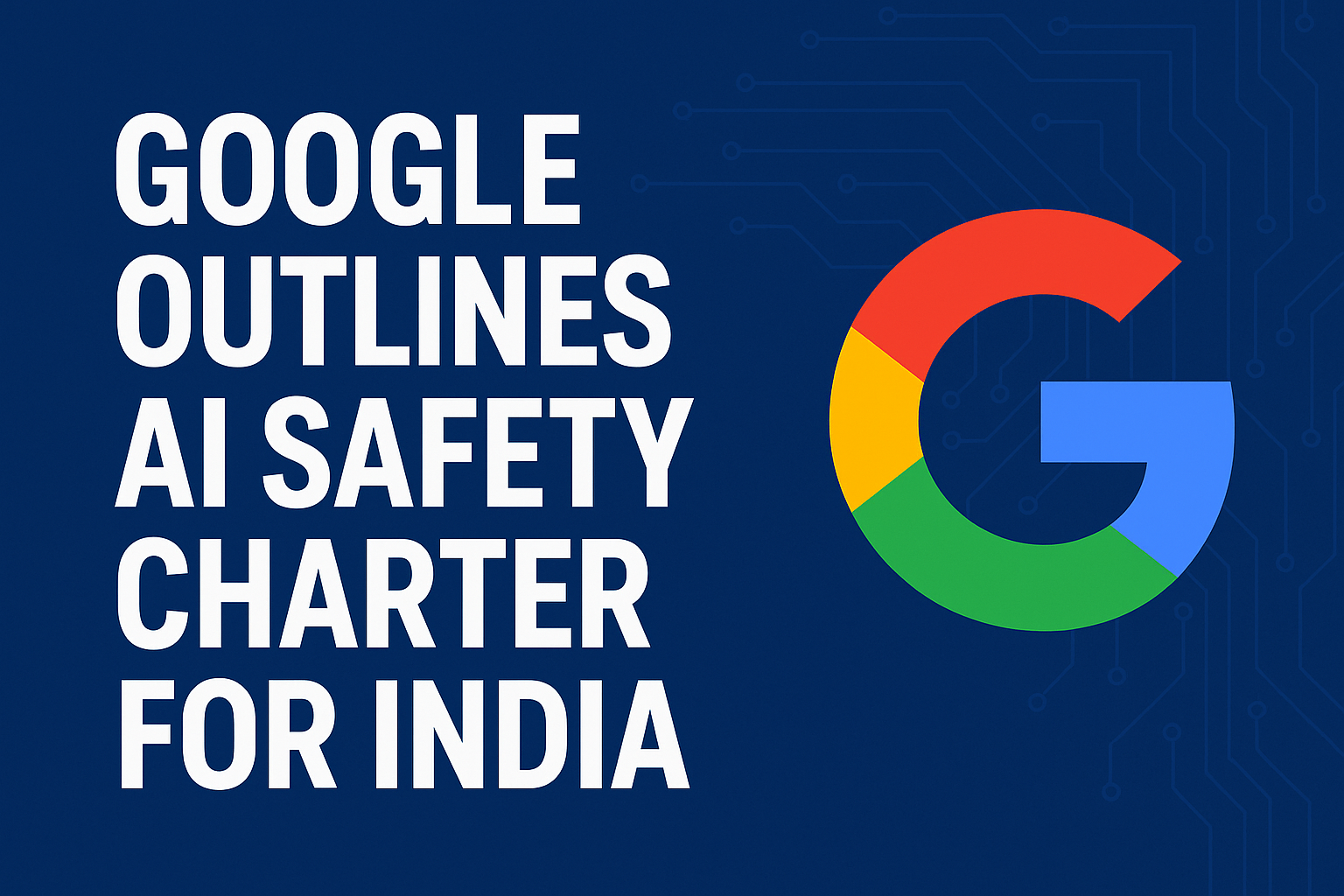In a digital world overflowing with content, only the most strategic content marketing plans cut through the noise. Whether you’re a startup, established brand, or solo creator, having a content marketing strategy that works is non-negotiable.
If you’re tired of publishing blog after blog with little to no engagement, this guide is for you. Let’s break down the essential steps to build a content marketing plan that drives organic traffic, leads, and sales—with real, measurable results.
What Is a Content Marketing Plan?
A content marketing plan is a documented strategy that outlines how you’ll create, publish, promote, and measure content across various channels. It serves as a roadmap to reach your business goals through valuable, consistent, and relevant content.
A good content plan ensures:
- You speak to the right audience
- You maintain consistency in tone and posting
- Your content aligns with SEO and brand goals
- Every piece serves a purpose (educate, engage, convert)
Why Do You Need a Content Marketing Strategy?
Inconsistent content = inconsistent results.
Here’s what a working content plan helps you do:
✅ Boost your SEO rankings
✅ Generate high-quality leads
✅ Build brand authority
✅ Drive website traffic organically
✅ Nurture trust and loyalty
✅ Support sales and conversions
Whether you’re running a blog, YouTube channel, or LinkedIn page, a strategic content plan ensures every piece moves the needle forward.
Step 1: Define Your Goals and KPIs
Before creating any content, ask yourself:
What do I want this content to achieve?
Common content goals include:
- Driving traffic (organic or referral)
- Improving search engine rankings
- Growing email subscribers
- Increasing social engagement
- Educating customers about your product/service
Set SMART goals—Specific, Measurable, Achievable, Relevant, Time-bound.
Then define KPIs like:
- Organic traffic (Google Analytics)
- Keyword rankings (Ahrefs, SEMrush)
- Click-through rate (CTR)
- Bounce rate
- Conversion rate
Step 2: Know Your Target Audience
You can’t write great content without knowing who you’re writing for.
Build detailed buyer personas that answer:
- Who are they?
- What are their challenges?
- Where do they hang out online?
- What content formats do they consume (blogs, videos, guides)?
- What keywords do they search for?
Tools like Google Analytics, Hotjar, and LinkedIn Audience Insights are great places to start.
Step 3: Conduct Keyword and Topic Research
Want to rank higher on Google? You need keyword research.
Use tools like:
- Google Keyword Planner
- Ubersuggest
- SEMrush
- AnswerThePublic
- Ahrefs
Look for high-volume, low-competition keywords related to your niche.
Also analyze search intent. Are users looking for information, comparison, or to make a purchase?
Step 4: Choose the Right Content Formats
Not all content is created equal. Choose formats based on your audience and funnel stage.
- Blogs – Great for SEO, thought leadership
- Videos – Perfect for storytelling, product explainers
- Infographics – Shareable data-rich content
- Case Studies – Ideal for social proof
- Webinars & Podcasts – Build authority & deeper engagement
- Ebooks & Guides – Great for lead magnets
A good content marketing mix keeps things fresh and drives engagement across platforms.
Step 5: Build a Content Calendar
A content calendar helps you stay consistent and plan ahead.
Your calendar should include:
- Content type (blog, video, social)
- Target keywords
- Title & outline
- Publication date
- Status (in progress, scheduled, published)
- Distribution plan
You can use free tools like:
- Trello
- Google Sheets
- Notion
- Airtable
- CoSchedule
This step prevents last-minute scrambling and ensures alignment across your team.
Step 6: Create High-Quality Content
Now it’s time to produce.
Tips for creating SEO-optimized, human-friendly content:
- Write for people first, search engines second
- Include high-volume keywords naturally
- Use engaging headlines (H1, H2s)
- Add bullet points, bold text, and visuals
- Optimize meta title and meta description
- Link to internal content with anchor keywords
- Use original research or insights if possible
Make sure every piece answers a question, solves a problem, or inspires action.
Step 7: Distribute Your Content Smartly
Publishing is only half the job. Promotion is where the real magic happens.
Distribute content through:
- Social media (LinkedIn, Instagram, Facebook)
- Email marketing newsletters
- SEO and Google Search
- Content syndication
- Influencer marketing
- Paid ads (if budget allows)
Use tools like Buffer, Hootsuite, or Zapier to automate and repurpose content across platforms.
Step 8: Analyze and Optimize
What’s working? What’s not? Check the numbers.
Review these metrics regularly:
- Organic traffic growth
- Time on page
- Bounce rate
- Social shares
- Backlinks gained
- Conversion rate
Use tools like:
- Google Analytics
- Search Console
- SEMrush
- Hotjar
- HubSpot
Based on the data, double down on high-performing content, and tweak or repurpose underperformers.
Bonus: Content Marketing Tools to Try in 2025
Here are a few tools that can power up your strategy:
| Tool | Use |
|---|---|
| Surfer SEO | Content optimization |
| Grammarly | Proofreading and tone |
| Canva | Graphic content |
| Jasper AI | Content ideation |
| Ahrefs | Keyword + backlink analysis |
| BuzzSumo | Trending topics |
| Trello | Content planning |
| Notion | Editorial workflow |
Final Thoughts
Creating a content marketing plan that works isn’t about churning out content—it’s about crafting the right content for the right people at the right time.
By following the steps above, you’ll create a strategy that’s not only SEO-friendly but human-centric—and Google will love it.
Remember: Quality content doesn’t just drive traffic. It builds relationships, trust, and lasting brand equity.













